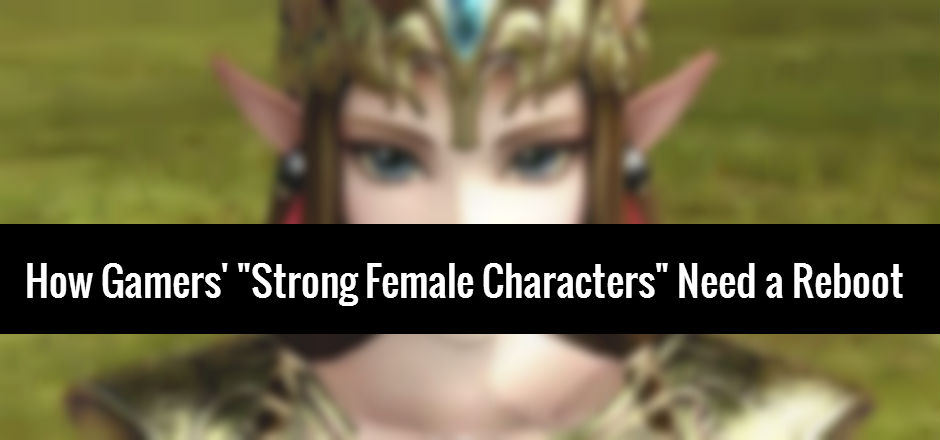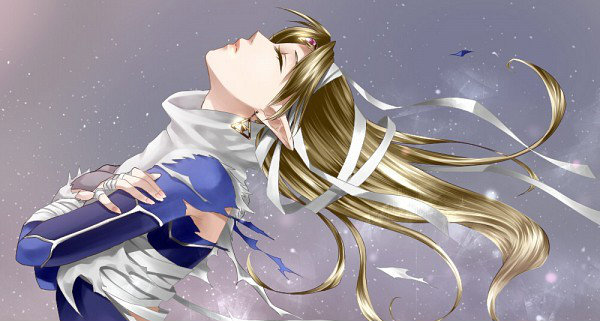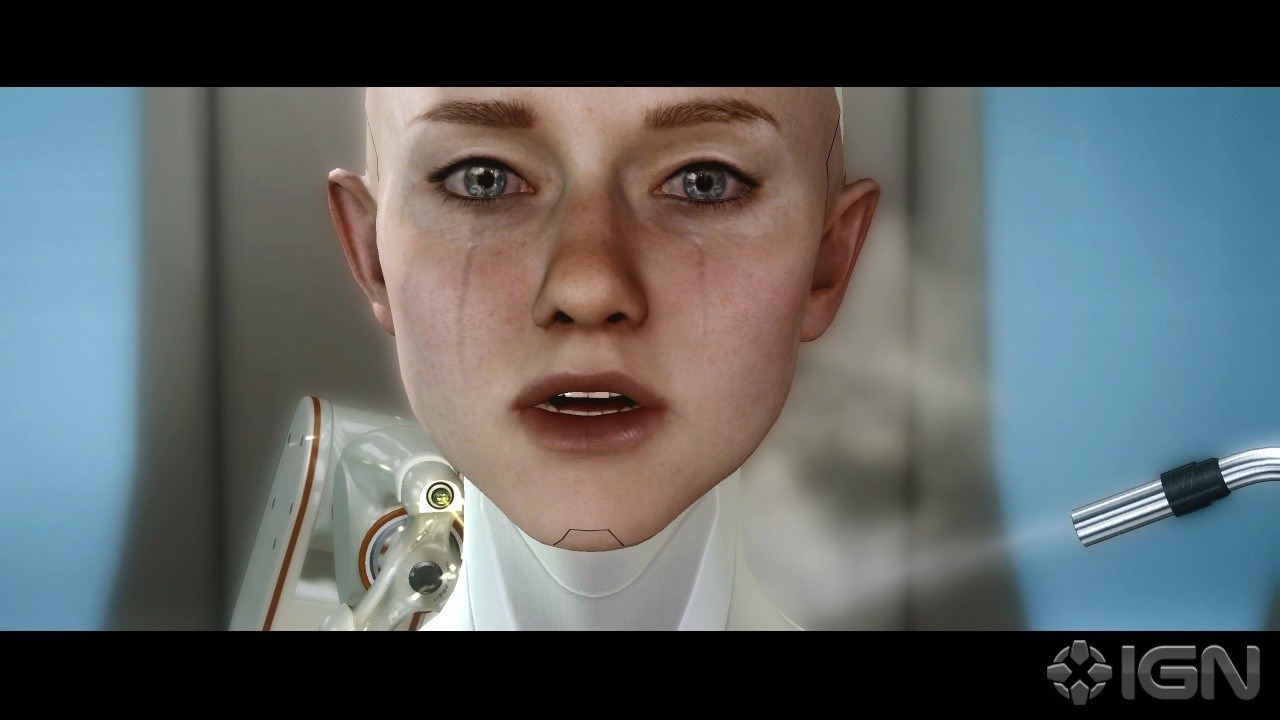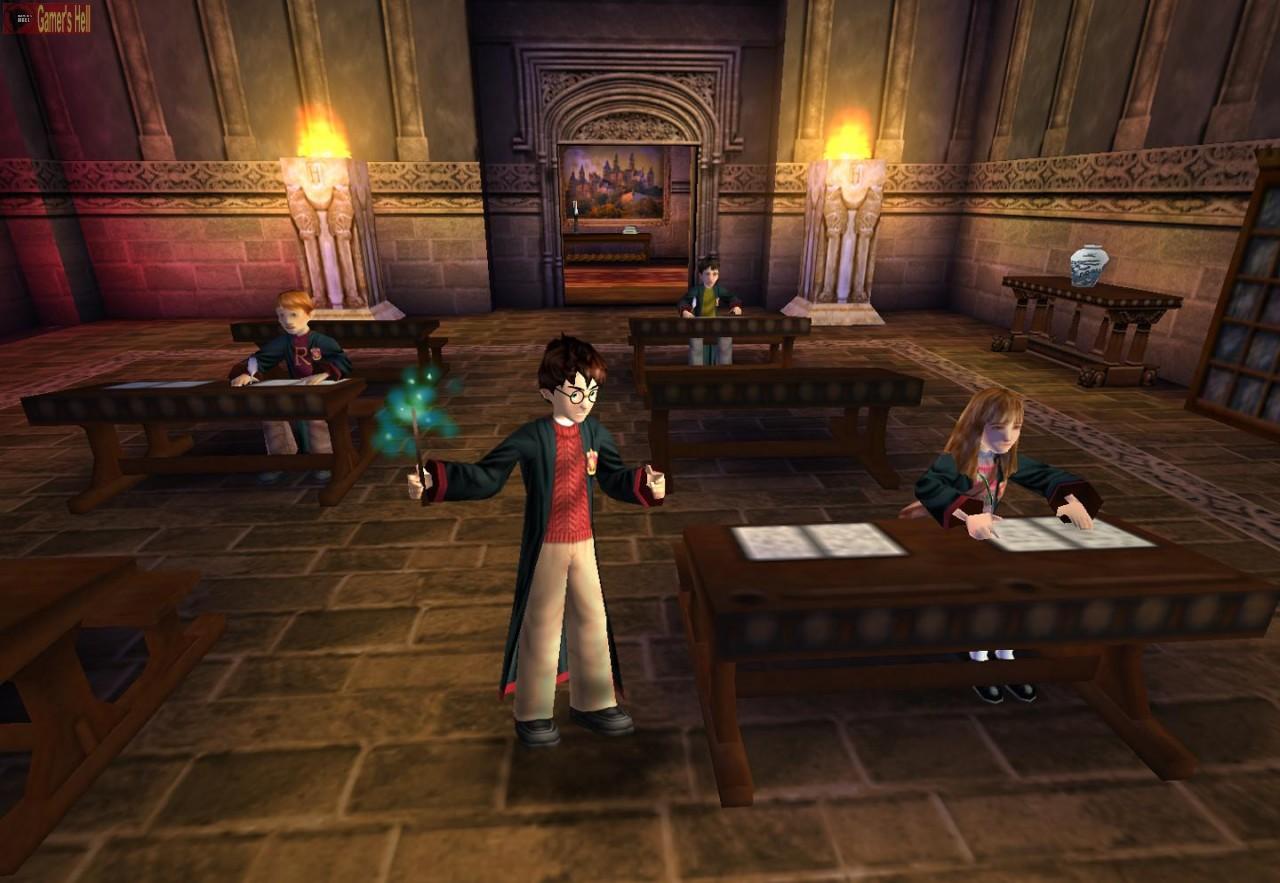Female characters haven’t always been treated fairly in the video game industry, whether we’re talking about women working on the field or the female representation within the games themselves.
It would be very unfair to overlook the progress that has been achieved in the last few decades on both fronts, though. Thirty years ago, it would’ve been inconceivable to compile a list of independent and positive portrayals of women in video games, and now it’s near impossible to make any such list without debating about the plethora of fantastic characters we get to choose from. And we have even more coming our way if this year’s E3 is any indication.
The difference between the treatment of male and female characters is still a seemingly insurmountable ridge, but we’re making our way there. But in order to do so even more successfully, maybe it’s time we revise our definitions for what makes an independent heroine.
Today, gaming is a lot more complex than it used to be. More and more people are interested in the nuances of storytelling, the twists and turns in the plot, and the characterization that makes them feel attached to their heroes. The portrayal of women has evolved as well, but the road has been a bit bumpier.
The problem is that most industries work with formulas, and if the formula succeeds and achieves results, most people will be reluctant to change any aspect of it.
The video game industry work like that, too. For decades, most video games worked on the simple formula of giving their consumers a generic hero and a mission, usually to rescue a helpless damsel. This has become the basis for most video games throughout the history of the industry, and there are many fans that reject the idea that there’s a need for change. But the truth is that this formula has changed.
When thinking about female characters in this classic formula, Peach from the Super Mario series and Zelda from the Legend of Zelda series would probably be the most iconic names to come to mind. But while Peach has remained static in her role, Zelda is one of the most deceptively independent female characters I can think of.
When taking into account some of the most recent games in the series, one could easily attempt to summarize Zelda’s role as simply the princess who presents the hero with the journey and then the princess to be rescued at the end. While both are true, it would be unfair to dismiss Zelda’s role and personal journey in each game.
[blocktext align=”right”]The problem is that most industries work with formulas, and if the formula succeeds and achieves results, most people will be reluctant to change any aspect of it.[/blocktext]In Ocarina of Time, Zelda first shows up as the young princess who refuses to be silenced in her suspicions about Ganondorf. While Link sleeps away 7 years inside the Temple of Time, she dons the disguise of Sheik and acts as a foil against Ganondorf’s takeover of Hyrule. When Link finally wakes up, she serves as his guide, helping him every step of the way until she is revealed as Princess Zelda. She possesses the Triforce of Wisdom, helps Link defeat Ganondorf at the end, and then uses all of her power to turn back time and restore peace to Hyrule.
In the most recent console game in the series, Skyward Sword, Zelda doesn’t get captured at all. In fact, she’s constantly on the run from Ghirahim and his evil forces, swiftly evading him with the protection of Impa and embarking on her own journey parallel to Link’s. Towards the end of the game she sacrifices herself to an eternal sleep to preserve the safety of the world for ages until Link is ready to face Demise in the future.
And yet all of this gets ignored with an outstanding frequency. In spite of Zelda’s evident independence throughout the series, she’s viewed by most fans as nothing but a princess in need of rescue and is usually one of the first names to come up when providing examples about useless female characters in video games.
Many other video game heroines face the same problem in the eyes of the fandoms: one flaw, one mistake, one moment where they need the help of another character immediately demotes them from heroines and diminishes them to either baggage or the ultimate prize.
In fact, during my research for this article I went over dozens of lists about the best heroes and heroines in gaming. Want to know the most marked difference between them? For the most part, whenever someone listed their favorite male heroes, they gushed about why they were awesome and limited themselves to praising their witty one-liners, their physical strength, or the stunning beauty of the violence they dealt.
When it came to the lists about heroines, however, most of them included excuses for the character, explanations for why they were totally “badass,” “kickass,” “strong,” and “independent,” and why they really were heroines in spite of something that happens in their characters arcs.
[blocktext align=”left”]In spite of Zelda’s evident independence throughout the series, she’s viewed by most fans as nothing but a princess in need of rescue.[/blocktext]Independent heroines in video games are not that hard to find. The problem is that most of them are hard to see as heroines in a traditional sense, whether it’s because they require help from another character at some point during the game, because they do not fit into our stereotypical definition of a tough, rough, and strong heroine, or because they are heavily sexualized. Others, even though they fit our standards of what a heroine should be, are ignored because they are unlikable or hard to relate to.
I’m not dismissing the complaints about the lack of strong female characters in the video game industry. The complaint has merit, though the landscape’s not as barren as some would have you believe. The way I see it, the problem lies with our definition of what a “strong and independent character” means and the high expectations we place on female heroines in video games.
Because this has been an issue for so long, we hold heroines to a certain standard that often has the effect of presenting the character with a very strict checklist of one-dimensional, stereotypical traits that’s unforgiving of softer, more humanizing characteristics and flaws.
For example, I think Bayonetta is quite an independent and strong heroine. But most of the online lists I read would completely bash my opinion simply because she is undeniably a sexualized character. Somehow that automatically negates the independence and strength she displays through her game.
Zelda won’t even make it into most lists, and if she does, it’s usually due to nostalgia.
When the new Lara Croft came around, I read countless of articles praising the change because it finally made her a heroine worth rooting for, something else other than a sex-doll, and yet I’ve read countless others complaining about the new Lara Croft, deeming her whiny and far too vulnerable to be considered an independent heroine.
In Final Fantasy VII, Aeris is a sweet and soft-spoken girl who willingly sacrifices herself for the world. And yet I saw her in only one of the lists I read, where she was listed simply because of the impact her death had on video game history.
Then there are other characters like Lightning from Final Fantasy XIII and Samus Aran from the Metroid series, both in possession of the typical traits that make a strong and independent heroine, and yet both are hated in their most recent incarnations because they are deemed unlikable, annoying, or far too rough. Some won’t count Cortana from the Halo series because of her fixation with Master Chief, in spite of all she’s done for him all on her own; some wouldn’t give Sarah Kerrigan credit because technically she’s a villain; most people forget Chell from Portal because she doesn’t speak, which is ironic considering the number of male heroes who never utter a single word and still make every best hero list; and others are satisfied with Ellie from The Last of Us, but won’t consider her because of her general status as sidekick.
This is a very problematic and complicated debate. I do believe strong and independent female representation needs to improve in video games. Recent comments by people in the field – like the whole Ubisoft “women are hard to animate” debacle last year – clearly highlight that the portrayal of women is not their priority, never mind a positive portrayal, and to bring up this conversation with most video game fans is to ignite a fuse that will blow everything in the vicinity.
But that doesn’t mean that what has been done so far is not good or worthwhile. I only mentioned a handful of characters off the top of my head and there’s plenty more out there. Independence and strength should not be defined only by one’s ability to kick ass or satisfy some ridiculous checklist of badass traits. There’s independence of thought, bravery, willingness to act, and to take on whatever comes their way. When you think about it that way, all of these flawed heroines do have something to offer.
Is there still work to be done? Certainly. But that doesn’t mean we can’t celebrate the independence of the heroines we have today.
—
Lorraine Acevedo Franqui writes for Girls in Capes from Puerto Rico and holds degrees in English Literature and Psychology. Her main interests are young adult lit, anything related to The Legend of Zelda and Kingdom Hearts, assorted shounen mangas and cats.
Lorraine has also written about other awesomeness in The Legend of Zelda, like the Sheikah tribe and the diverse cultural inspirations for the groups in the game.
If you’re looking for more on how female roles can be improved, she’s also explored the mothers of young adult literature, the toxic archetypes of teenage girls in YA, and the general shittiness that was the How I Met Your Mother series finale.






